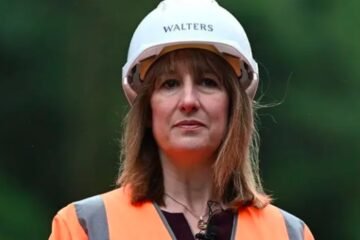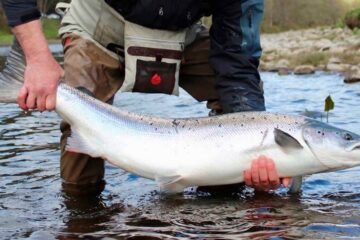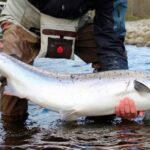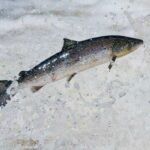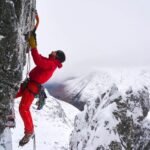In a landmark move, the Scottish government has for the first time invoked rarely used legal powers to force a red deer cull on a Highland estate — sparking renewed debate over land management, environmental protection, and the balance between tradition and ecology.
First-ever compulsory cull order under Deer Act
Scotland’s nature agency NatureScot has stepped in to compel the owners of Loch Choire Estate in Sutherland to dramatically reduce deer numbers on their property. The move, approved by Agriculture Minister Jim Fairlie, marks the first use of a compulsory deer management control scheme under the Deer (Scotland) Act 1996.
It follows repeated failed attempts to reach a voluntary agreement with the estate’s absentee owners, based in Shropshire, over managing deer populations believed to be damaging sensitive peatland habitats.
In 2023 alone, NatureScot culled 160 red deer on the estate after concluding the owners had failed to act. The carcasses were processed for venison.
Now, the pressure is mounting.
Under the new control scheme, deer density must be halved — from 14 deer per square kilometre to 7.5/km² — within five years. If the owners fail to comply, NatureScot could carry out further culls directly and recover the costs from the estate. Breaching the terms could even amount to a criminal offence.
The estate has 28 days to appeal.
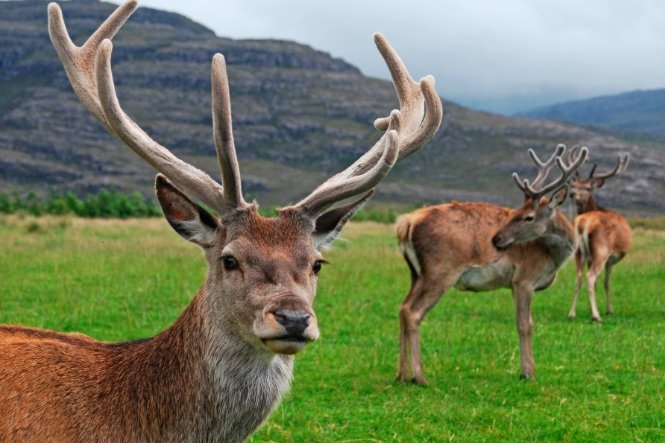
Peatlands under threat
At the heart of the dispute are four Sites of Special Scientific Interest (SSSIs) on or around the Loch Choire Estate — each with rare or fragile ecosystems.
NatureScot says uncontrolled deer grazing is causing “significant damage” to blanket bog — a form of mossy peatland that plays a critical role in carbon storage, biodiversity, and climate regulation.
These SSSIs include:
-
Ben Kilbreck – a striking upland site with billion-year-old sedimentary rocks
-
Mallart – home to otters, golden eagles, and black-throated divers, dominated by vulnerable blanket bog
-
Truderscaig – a nationally important habitat for the rare greenshank bird
-
Skinsdale Peatlands – featuring dense carpets of delicate bog moss
Red deer, left unchecked, can overgraze mosses, shrubs, and saplings, leaving landscapes bare and biodiversity in retreat. Hoof traffic also compacts the soil, further degrading the ability of bogs to absorb water and carbon.
NatureScot: Voluntary cooperation preferred — but time has run out
“We will always favour a voluntary and collaborative approach to deer management,” said Robbie Kernahan, NatureScot’s director of green economy. “But where sustained engagement fails, and damage continues, we will use intervention powers as a last resort.”
That “last resort” has now become reality.
This decision represents a clear signal that Scottish authorities are willing to escalate action where landowners are seen to shirk responsibilities on environmental stewardship.
Kernahan emphasised that high deer densities harm not only peatlands, but woodlands and wider ecosystems — contributing to long-term degradation of Scotland’s natural heritage.
Scotland’s deer dilemma
Red deer are a fixture of the Highlands — majestic, symbolic, and central to a lucrative country sports economy. But their numbers have soared in recent decades, with estimates suggesting Scotland is home to over 1 million deer, up from 500,000 in the 1960s.
With fewer natural predators and milder winters, herds have expanded well beyond the carrying capacity of many landscapes.
Deer are often seen as an economic asset by estate owners, supporting shooting parties and tourism. But environmentalists argue that unchecked populations undermine Scotland’s climate targets, especially as peatlands degrade and release stored carbon.
Clash between tradition and transition
The government’s push for ecological restoration is clashing with some traditional landowning practices.
Critics say many large estates, especially those owned by absentee landlords or foreign interests, are failing to engage with the new environmental priorities of modern Scotland — particularly around biodiversity and climate.
NatureScot’s intervention comes amid a wider strategy to make deer management more accountable and transparent. Officials want to see fewer deer, more native woodland regeneration, and healthier peatlands — all vital for meeting Scotland’s net-zero goals.
Supporters of the scheme say this first-ever forced cull sends an essential message: landowners must take their responsibilities seriously, or the state will step in.
Unclear response from estate
At time of reporting, the owners of Loch Choire Estate have not publicly responded. It’s also unclear whether they plan to appeal the scheme.
Should they contest it, the case could move into a legal arena that would test the limits of state power over private land in the name of conservation.
But NatureScot is confident its position is robust — citing repeated non-compliance and the ongoing deterioration of protected sites as justification.
A Broader Shift?
This forced intervention could be just the beginning. Other Highland estates may now come under scrutiny, especially if deer management plans aren’t backed up by real-world results.
The government has made clear it wants to see measurable reductions in deer populations — and measurable improvements in ecosystem health — in the coming years.
For now, Loch Choire Estate is the first to be officially compelled into compliance. Whether it becomes a warning or a watershed moment for others in the sector remains to be seen.

